-
•
•
14 responses
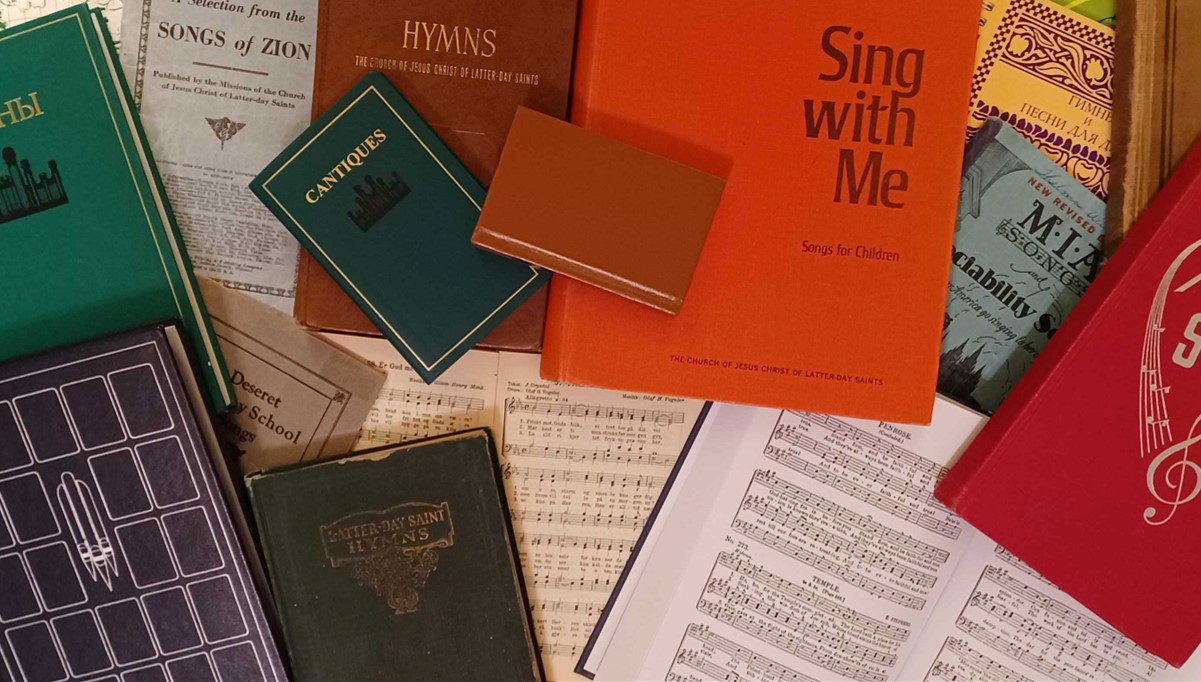
We’re getting closer to the new hymnbook/songbook being released. I talked about some updates last August, but there has been some other information that has come out since then. Read More
-
•
•
Martha Hughes Cannon was a notable, if complicated, woman in Utah history. Although somewhat forgotten (partly due to her son burning all her journals, at her request), she has become more widely remembered in recent years. In a recent interview at the Latter-day Saint history blog, From the Desk, biographer Constance L. Lieber shared some of her thoughts on this fascinating individual. What follows here is a co-post to the full interview. Read More
-
•
•
A Public Square Magazine article has been making the rounds about the history behind the Church being caught flat-footed in responding to probably the most influential piece of anti-Mormon literature of the 2010s. Not that people in the Church ecosystem didn’t have good responses, but at the time it hit, the traditional institution on whom such a response would normally fall (the Maxwell Institute) had recently shifted emphasis, leading to a lacuna, and responses fell on the back of volunteers who had families to feed and callings to fulfill, so they were predictably delayed and probably less developed than they… Read More
-
•
•
5 responses
Ehat, Stephen Kent. “Asymmetry in Chiasms, With a Note About Deuteronomy 8 and Alma 36.”Interpreter: A Journal of Latter-day Saint Faith and Scholarship,Volume 59 (2023) Read More
-
•
•
5 responses
[As I was going through my files, I found this draft that written four years ago. As it has about 24 hours of relevance left, I’m publishing it now. Happy New Year.] When I teach Revelation 1-11 to my youth Sunday School class, I’ll probably start off by saying something about gasoline. Read More
-
•
•
16 responses
In a long-ago post, John Fowles referred to a Book of Mormon couplet as the book’s thesis: Inasmuch as ye shall keep my commandments ye shall prosper in the land; but inasmuch as ye will not keep my commandments ye shall be cut off from my presence (2 Nephi 1:20) Read More
-
•
•
5 responses
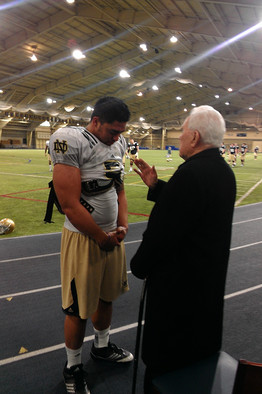
Catholic priest giving a blessing to Latter-day Saint/Notre Dame football player Manti Te’o (Source: Juvenile Instructor, who got it from the WSJ) The Catholic world has been abuzz about a recent directive from the Vatican condoning blessings (but not marriages, and not liturgical blessings, kind of) of same-sex couples. The document has engendered a lot of confusion, hair splitting, and myriad interpretations by people who are much more knowledgeable about Catholic thought than I, so I will refrain from claiming to know the One True interpretation of it, but a few high-level thoughts from a Latter-day Saint perspective. The African… Read More
-
•
•
5 responses

“Future of Mormonism” per Dalle-3 It’s common for pundits to make all sorts of predictions far enough in the future that people don’t really hold them accountable if they don’t pan out, so in the spirit of accountability I thought I would revisit some predictions I made last year for the Church in 2023 and see how well I did. The Church’s membership, on-the-books growth rate will be below 1% as reported in the April 2023 Conference. My probability: 80% WRONG The growth rate was 1.17%. I misjudged the impact of the post-COVID bump. There will be another scandal involving… Read More
-
•
•
18 responses

It has become popular in some circles to disparage Jesus the Christ by James E. Talmage because it’s too simplistic when it comes to its gospel harmonization approach, and the scholarship is very out of date. These things may be true, but it still holds up in ways that matter. Synthesizing the devotional with the intellectual can be difficult, and I do feel like a lot of the material in the Latter-day Saint market lands either on the side of being purely devotional or primarily intellectual with a patina of devotion. This isn’t surprising, as the latter are written… Read More
-
•
•
One response
In case it’s of use to anyone, I’ve prepared a list of my top 10 books that I’ve read this last year. (That can include books that were not published within the last year, though the majority of them were published in 2023 or 2022): Read More
-
•
•
One response

I have fond memories of Sunday evenings spent watching Voyager and Deep Space Nine with the family growing up. My wife’s home was more restrictive in regards to Sabbath day media, but that paradigm has been adopted by our own home as I’m gradually realizing the benefits of being more intentional and explicitly devotional for Sunday night movie night in terms of helping set the mood of the sabbath as the day dedicated to God. Lately we’ve been going through Touched by an Angel which is now free on Amazon Prime. TBAA can err on the side of being a… Read More
-
•
•
2 responses
When I played handbells as part of the music ministry of a local Presbyterian church, I was surprised to learn that in the traditional liturgical calendar, most of December isn’t Christmas time. Instead, it is a season called Advent that looks forward to Christmas time. Christmas itself begins on Christmas Eve and lasts through January 7. And by the same token, I learned that Advent has its own music tradition while playing in the bell choir. What has surprised me, however, is that some of those pieces of Advent music have found their way into Latter-day Saint hymnals over the… Read More
-
•
•
11 responses

“Democrat Mormon” per Dalle-3 “Republican Mormon” per Dalle-3 I’ve always had this hypothesis in the back of my mind that Latter-day Saints actually aren’t as politically red as we might think, and that some of our Republican-ism is an artifact of the fact that we live in Republican areas. If Latter-day Saints all lived in, say, Manhattan they’d be liberal, if they all lived in Alabama they’d be conservative. I finally got around to running the numbers, and it looks like no, we actually are just very Republican. **Wonk start** I used the 2022 Comprehensive Election Study data to test… Read More
-
•
•
5 responses

As Jonathan has been pointing out in his posts about Reading the Book of Mormon in wartime and Book of Mormon historical revisionism, we are only a few weeks out from starting the next year of the reading cycle. Come, Follow Me 2024, will focus on the Book of Mormon. We’ve had posts and discussions about what are some good resources in the past, such as the one David Evans put up about this time during the previous reading cycle that are worth looking over in preparation. But there are some good resources that are more recent that are worth… Read More
-
•
•
13 responses
As we study the Book of Mormon next year, there will be suggestions to read between the lines, to resist the surface or official or dominant reading, to see through the authoritative narrative to the unvarnished reality behind it – like the standard works, these suggestions too come around every four years. The instinct is understandable, as that’s how scholars are trained to read, and a lot of us have different varieties of scholarly training – but attempts at historical revisionism are misguided. Read More
-
•
•
40 responses

Dalle-3 depiction of “Legalistic religion” One of those interminable discussions we members like to get into is whether a particular teaching is a “doctrine” or “practice.” The issue behind the issue is what is changeable or not. Presumably if something is defined as core then stakes are placed in the ground and it is beyond discussion. At the same time if the “doctrine” label is used as conversation stopper for current teachings, the “practice” label is imputed to past teachings that did change, even if leaders at the time specifically said they wouldn’t change. At times it feels like it’s… Read More
-
•
•
While the Joseph Smith Papers project is, in many respects, wrapping up, other presidents of the Church—including Brigham Young— have begun to receive more attention and papers projects of their own. In a recent interview at the Latter-day Saint history blog From the Desk, Ronald K. Esplin discussed some of his observations about the first volume of the Brigham Young journals to be published by what could be called the Brigham Young Papers Project. Read More
-
•
•
19 responses

It’s not a terribly novel insight, but the recent calling of Elder Kearon to the Quorum of the 12 is another sign that the Church is breaking out of the relatively limited geographical Mountain West area in spirit as well as in raw numbers, and that the increased diversity of the Church is trickling upwards into the highest rungs of leadership. An adult convert from overseas was called to replace a multigenerational blue blood from pioneer leadership stock in a quorum that is increasingly made up less of multigenerational blue bloods from pioneer leadership stock. (Very pointed note: pointing out… Read More
-
•
•
2024 Church History Symposium “Shall the Youth of Zion Falter?” The Young Women?and Young Men Organizations of The Church of Jesus Christ of Latter-day Saints Read More
-
•
•
If we listen carefully, and squint hard enough, we can find the gospel plan hidden throughout Hollywood. There, on the big screen, we can find nuggets of truth, or at least, poetic lines to illustrate the plan of happiness. Consider: Read More
-
•
•
25 responses
Next year, the focus of scripture study in Sunday School and Seminary classes will cycle again to the Book of Mormon. Compared to previous years when the Book of Mormon has been the focus, war will loom larger in the background than it has since at least the 1960s, even including the messy realities of Iraq and Afghanistan in 2004. Read More
-
•
•
2 responses
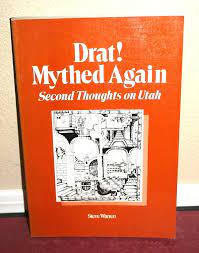
Drat! Mythed Again: Second Thoughts on Utah by: Steve Warren Most people, I find, have never heard of this book, but it’s one I referenced often growing up, as we had a copy in my house. My parents weren’t sure exactly when they picked it up, but it’s 1986 copyright date indicates it had to be after they moved to Alaska. Read More
-
•
•
9 responses
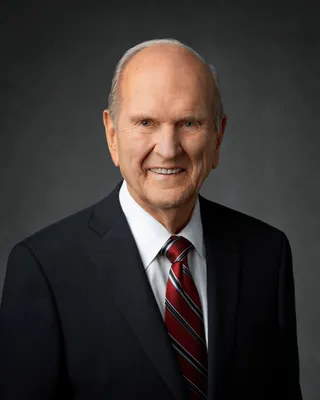
President Nelson could very well become the first centenarian President of the Church. But what’s the chance of that? What about the chance of reaching 101? For him to be the oldest General Authority of all time he would have to live to be over 106, the age that Patriarch Emeritus Eldred G. Smith reached. And of course, there is the chance that he could reach “supercentenarian” status at 110, and be the President of the Church when my grandchildren are born. While many public life tables are “right censored” at the high end, e.g. they stop at a certain… Read More
-
•
•
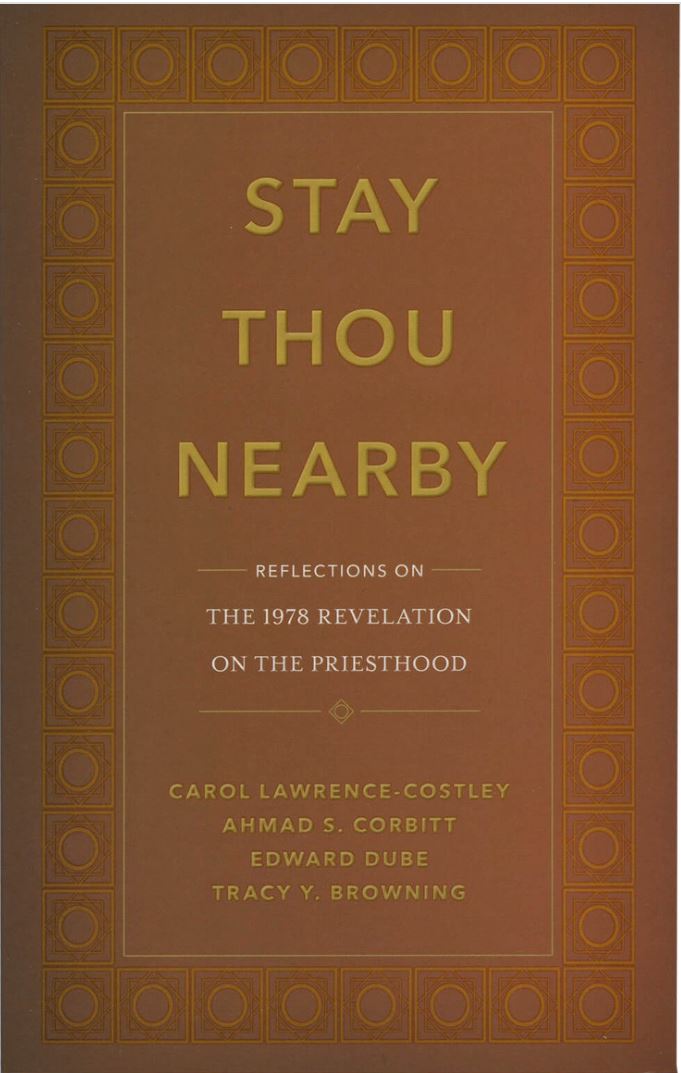
The 1852–1978 priesthood and temple ban on Blacks in The Church of Jesus Christ of Latter-day Saints is a bitter pill to swallow, especially for those affected most directly by it. I have been grateful, however, for efforts in the Church to address the issue more openly in recent years, including several publications from Deseret Book relating to the subject. These include both My Lord, He Calls Me and Let’s Talk About Race and Priesthood, with the most recent contribution to the subject from Deseret Book being Stay Thou Nearby: Reflections on the 1978 Revelation on the Priesthood. Read More
-
•
•
5 responses
Phillips, Tommy M., Jennifer R. Smith, Alice C. Long, Brandan E. Wheeler, Loren D. Marks, Michael Goodman, Trevan Hatch, and Sterling K. Wall. “Family Home Evening as a Model for Promoting Family Health.” International Journal of Latest Research in Humanities and Social Science (IJLRHSS) Volume 06 – Issue 11, 2023 Read More
-
•
•
It is not an uncommon experience in the history of The Church of Jesus Christ of Latter-day Saints for a member of the First Presidency or Quorum of the Twelve other than the president of the Church to functionally run the Church or to have a huge impact on the Church. In the twentieth century, for example, J. Reuben Clark, Harold B. Lee, and Gordon B. Hinckley played that role when the older members of the First Presidency were in poor health. In the nineteenth century, the most prominent example is George Q. Cannon. In a recent interview at the… Read More
-
•
•
I have to say that I’m a fan of the trend towards short, accessible biographies of notable figures in Latter-day Saint history. Between University of Illinois Press’s “Introductions to Mormon Thought” series and Signature Books’s “Brief Biography,” there is a lot of excellent work being published. One of the most recent, Lowell L. Bennion: A Mormon Educator by George B. Handley (University of Illinois Press, 2023), is a stellar addition to the library of any Latter-day Saint. Read More
-
•
•
The Book of Abraham, chapter 3 is, in many ways, the most important foundational text for the Latter-day Saint concept of a premortal existence. In it, Abraham is shown his own foreordination to be a leader in God’s work as well as the events of the War in Heaven. In a recent interview at the Latter-day Saint history blog, From the Desk, Stephen Smoot discussed the foreordination of Abraham. What follows here is a co-post to the full interview. Read More
-
•
•
7 responses

Midjourney: Descendants as the stars of the heaven and as the sand which is on the seashore, in the style of Van Gogh A recent piece of mine about how many more children US Latter-day Saints are having was recently published by the Deseret News. The TLDR is that we are still having more children than the average American, but here I will take advantage of the added flexibility of blogging to derive some estimates about what that means for Church growth in the US. How many more children are we having? It’s hard to know for sure given sample… Read More

